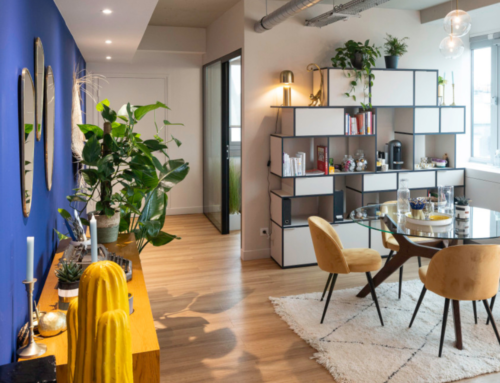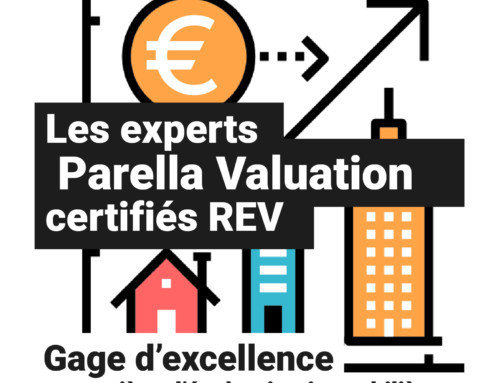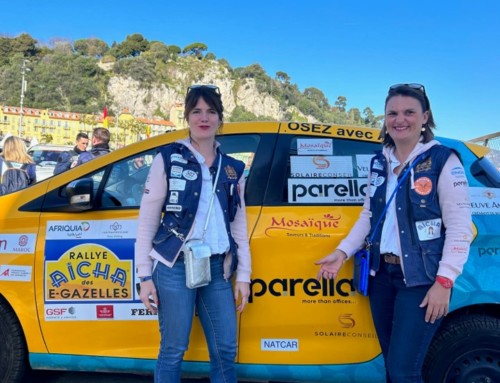Office, my beautiful office...
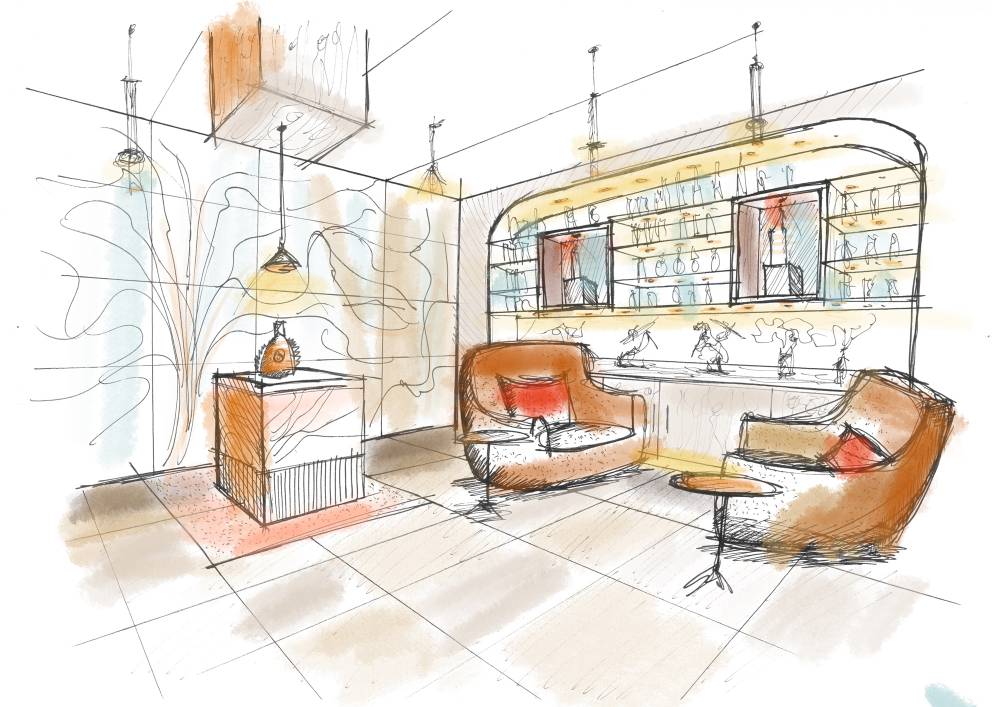
Restructured spaces, the latest furniture, works of art... The office is being adorned with new trappings to seduce employees and give them a desire for a reunion, putting the beautiful in the spotlight. Or how to combine the useful with the pleasant...
By Ludovic Legendre, MRICS, leader of the People & Transformation team, Parella
For a long time, corporate interior design was the poor relation in this sector. For a long time, employees had the choice between two grey chairs or two white desks. Budgets were saved for the image that the company wanted to leave in the eyes of visitors. The range and choice was wider and more open than in the days of the 'black Ford T', but the codes were sometimes uniform, with the exception of a few emblematic premises that claimed to be different.
Commercial real estate, like 80% of the offices in La Défense, was homogeneous. It was generally driven by two main trends:
- the first aimed at controlling and optimising property costs;
- a second who wanted to use real estate in its statutory value as a vector of attractiveness more often oriented towards clients or executives than employees.
The health crisis we are going through shows that this real estate has lived (at least on paper). It is going to have to be transformed, in line with the capacity of companies and organisations, because the project is huge, both financially and symbolically.
Two transformations are available to us: that of use and that of beauty. Let us specify that in this particular case, I am voluntarily distancing myself from the vision of Théophile Gautier who insisted that "everything useful is ugly". Here I claim the opposite.
Putting the useful in the foreground
The majority of employees at all levels of the hierarchy found telework beneficial, to the extent that they wanted it to continue in a more balanced form, probably between two and three days a week. Some activities were found to be perfectly suitable outside the office, especially those with a low level of interaction and socialisation. In addition, the old irritants of the office (transport, old layouts...) became more acceptable, as breathing space was offered. The vision of the office has therefore changed.
In the past, the workstation was unique, allocated and "all-purpose" : writing a note, making a business or personal phone call, exchanging with others, etc. Today, spaces need to be rethought and specialised with regard to the different uses expected over the course of a day or week: collaborative activities, socialising, meetings, concentration time, etc. Spaces therefore need to become agile and configurable with the same details and options as the configuration of a vehicle, perhaps.
With this consideration of uses, the structuring of office space moves from a "ready-made " type of logic to a tailor-made corporate real estate, with spaces that are varied by nature.
The architects, designers and consultants will have to understand and integrate the DNA of the company and the desires (movable, spatial, digital, etc.) of the employees, with one obligation: to transform the offices into places that will support new uses, collaboration and the desire to return to work. Employees will have to (re)find the necessary listening skills and empathy, because their job will change... more than they can imagine. These desires are driven by usages, but not only...
The revenge of beauty
We have learned from this crisis that we need to make employees want to come back to the office. They want offices that are adapted, agile and beautiful. The new balance between on-site working time and teleworking will undoubtedly be part of new work organisations that will give pride of place to the Flex office. Certainly, the shift in work organisation to two days of teleworking combined with a certain level of Flex office This will transform the codes and finance them as well. The beautiful will perhaps replace the unoccupied or useless square metres.
It is no longer a question of copying "home-like " spaces, which has been the trend in recent years, since employees are teleworking there. It is going to be a question of taking other codes: hotels, restaurants... or inventing new ones.
The challenge is to create a new framework for working better while competition between workplaces will become strong between offices, homeworking, coworkingetc. We will have to imagine a new equation of places and make sure that the headquarters office is up to the task, both in terms of services and aesthetics. In the same way that employee productivity would be increased by 20% in the presence of "green", we can intuitively imagine that a reinvented work environment providing a friendly, warm and welcoming atmosphere would also be a performance and attractiveness lever.
This arrival of aesthetics in the office can be translated in very different ways from one company to another. One thing is certain: this dimension must be taken into account because expectations are high and it is a great opportunity for all of us for the benefit of our employees. It is not a question of transforming offices into art galleries, but rather of improving the pleasure of coming to the office... and of staying there.
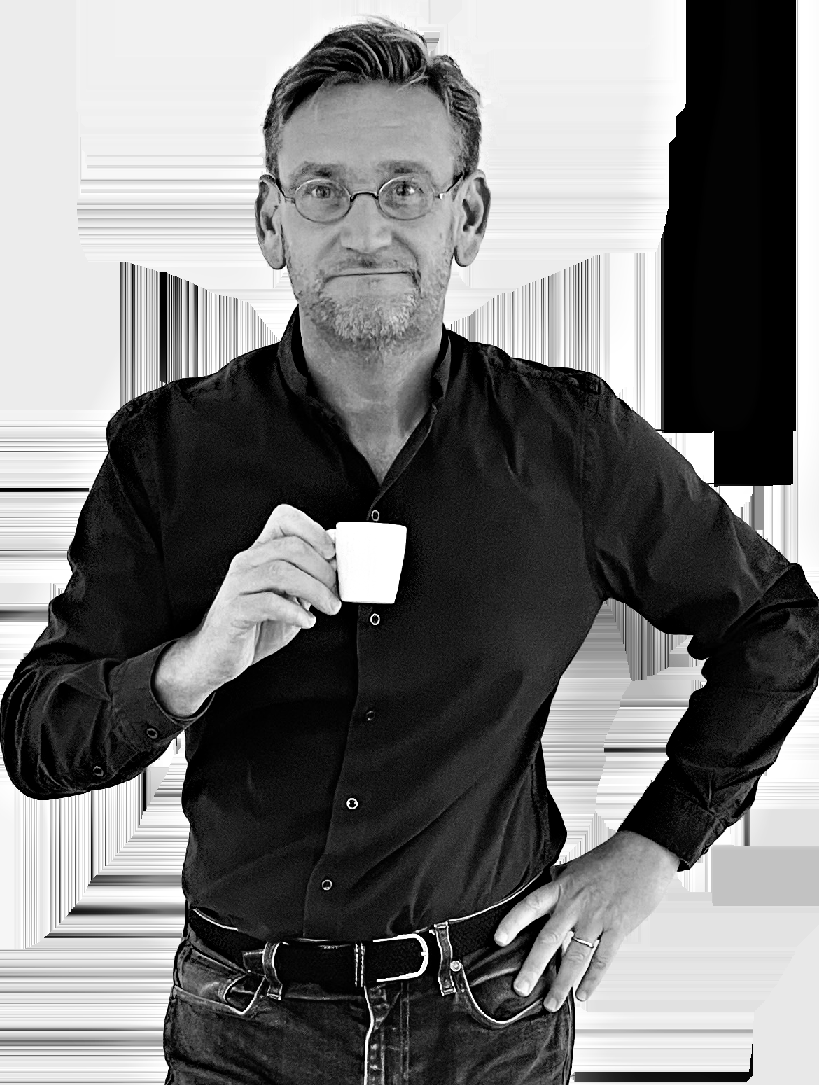
Ludovic Legendre

